-

NIWA's Hotspot Watch for 29 November 2018
Hotspot29 November 2018All previous hotspots in the North Island dissipated this past week due to the heavy rainfall. Substantial rainfall in the past week caused the small hotspot in northwestern Marlborough to dissipate, and no other hotspots are currently in place in the South Island. -
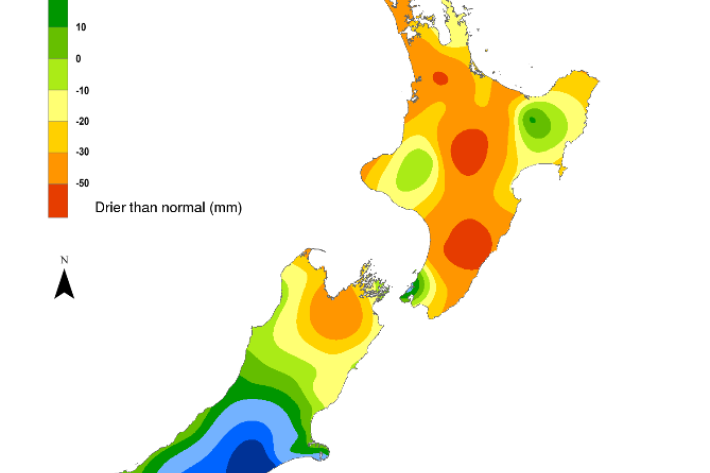
NIWA's Hotspot Watch for 21 November 2018
Hotspot21 November 2018The driest soils across the North Island compared to normal for this time of the year are found in parts of Northland, Taupo, and Tararua District. A small hotspot is currently in place in northwestern Marlborough. -
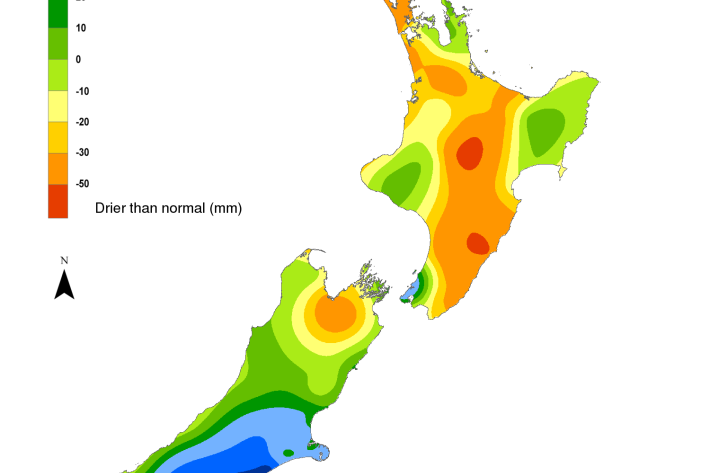
NIWA's Hotspot Watch for 14 November 2018
Hotspot14 November 2018The driest soils across the North Island compared to normal for this time of the year are found in Whangarei and Kaipara districts, along with Taupo and Tararua. No hotspots are currently in place in the South Island. -
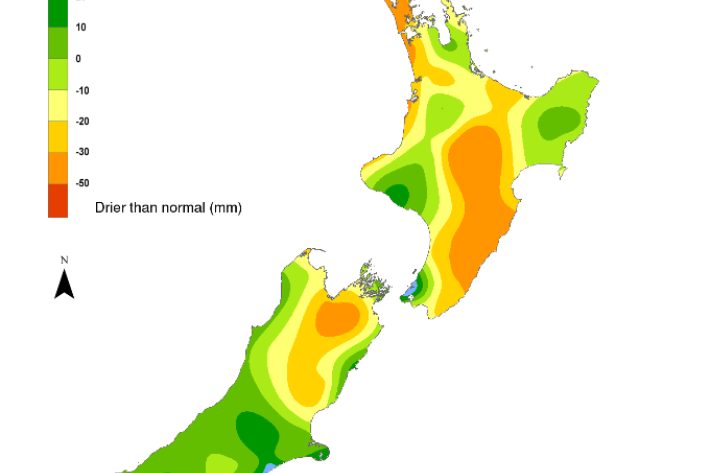
NIWA's Hotspot Watch for 7 November 2018
Hotspot07 November 2018The largest hotspot in the North Island continues to be found in Napier and southern Hastings District. A new, very small hotspot has also emerged this week near Cape Reinga. No hotspots are currently in place in the South Island. -
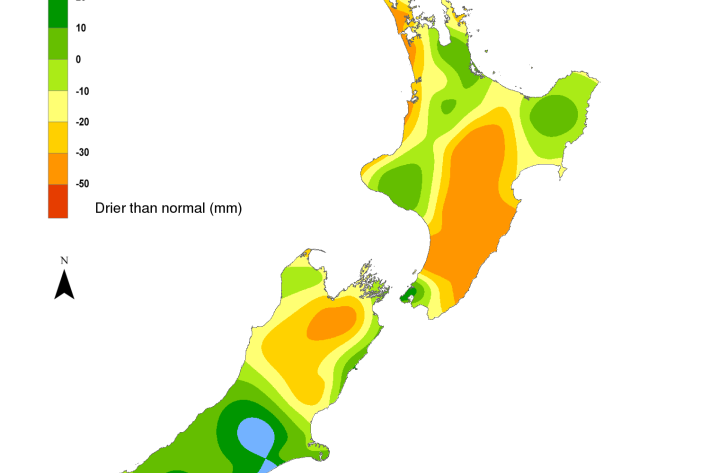
NIWA's Hotspot Watch for 31 October 2018
Hotspot31 October 2018With the recent rain, the soil moisture has generally improved across the North Island since last week. However, the soils are still drier than normal for the time of year in eastern Northland, western Auckland, western Waikato, western Taranaki, as well as Hawke’s Bay, central and southern Manawatu-Wanganui and Wairarapa. -
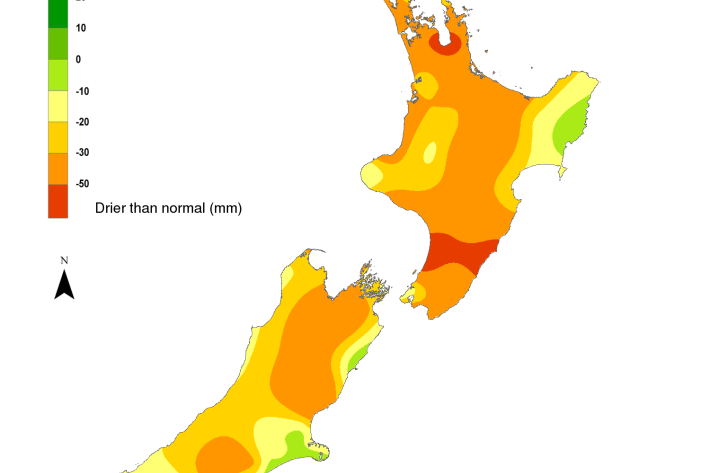
NIWA's Hotspot Watch for 24 October 2018
Hotspot24 October 2018Soils are drier than normal for the time of year in the majority of the North Island, excluding the eastern Gisborne region where the soil moisture is near average. Parts of Queenstown-Lakes District in Otago, the Grey and Buller Districts in the West Coast, northeastern Marlborough, and the Waimate District in southern Canterbury experience well below average rainfall for this time of year, while the rest of the South Island had near normal rainfall. -
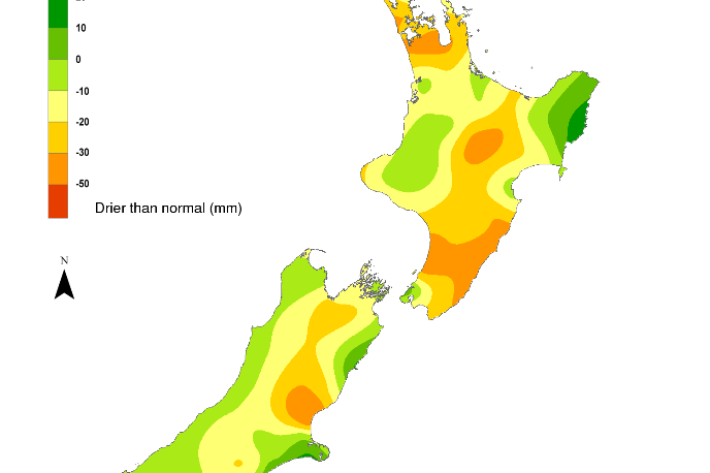
NIWA's Hotspot Watch for 17 October 2018
Hotspot17 October 2018There are no currently no hotspots, but an area to monitor is in the southern Hurunui District in northern Canterbury. -
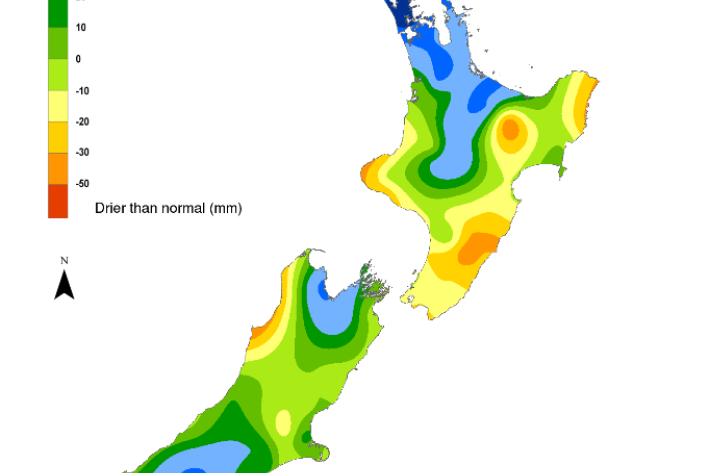
NIWA's Hotspot Watch for 9 February 2018
Hotspot09 February 2018Hotspots in the North Island are located across Gisborne, the Tararua District, and in parts of west coastal Taranaki. The only hotspot in the South Island is in Southland. -
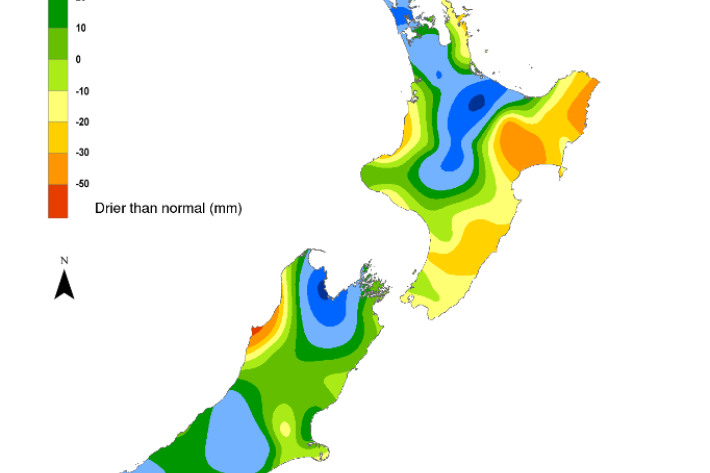
NIWA's Hotspot Watch for 2 February 2018
Hotspot02 February 2018North Island hotspots continue to be found across much of Gisborne, northern Hawke’s Bay, and Tararua west to Horowhenua and Kapiti Coast. A small hotspot has also emerged across the east coast of the Coromandel Peninsula. The only hotspot in the South Island continues to be located in Southland, but it has decreased significantly in size and strength due to the recent heavy rainfall. -
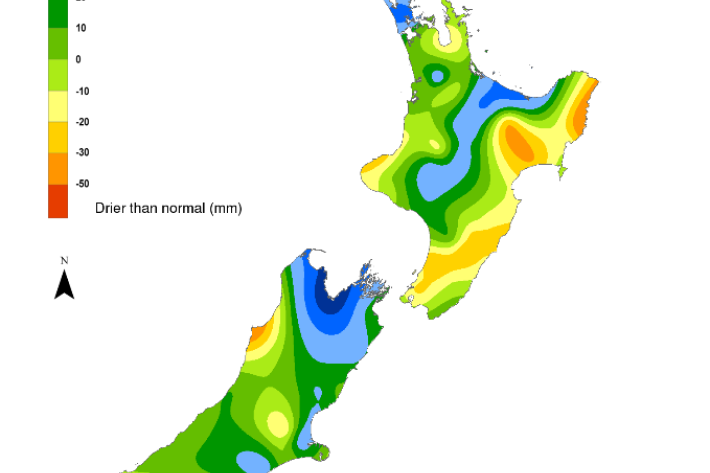
NIWA's Hotspot Watch for 25 January 2018
Hotspot25 January 2018Current North Island hotspots are found in coastal Gisborne, interior Wairoa, as well as small portions of Kapiti Coast, Horowhenua, and Tararua. The only hotspot in the South Island continues to be a sizeable one which covers much of southern and interior Otago and nearly all of Southland. -
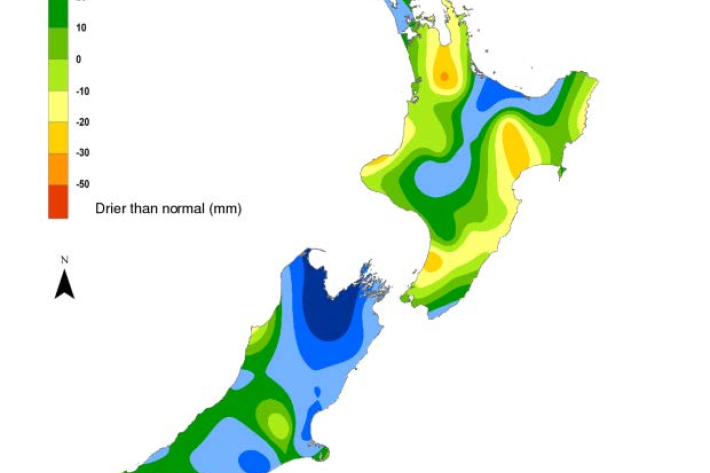
NIWA's Hotspot Watch for 18 January 2018
Hotspot19 January 2018A weekly update describing soil moisture across the country to help assess whether severely to extremely dry conditions are occurring or imminent. Regions experiencing these soil moisture deficits are deemed “hotspots”. Persistent hotspot regions have the potential to develop into drought. -
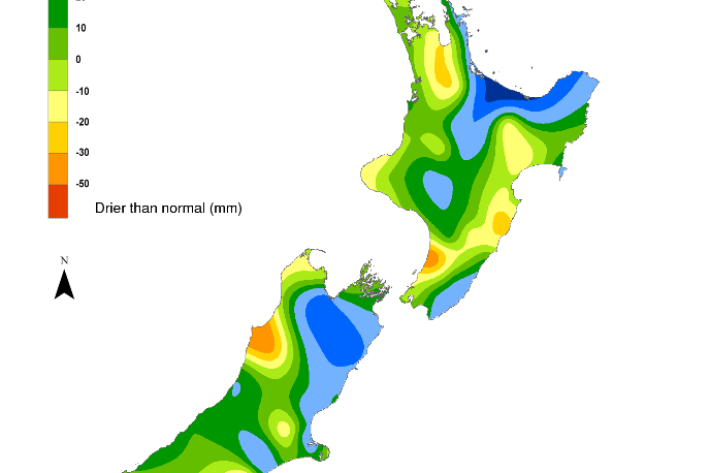
NIWA's Hotspot Watch for 11 January 2018
Hotspot11 January 2018A weekly update describing soil moisture across the country to help assess whether severely to extremely dry conditions are occurring or imminent. Regions experiencing these soil moisture deficits are deemed “hotspots”. Persistent hotspot regions have the potential to develop into drought.
